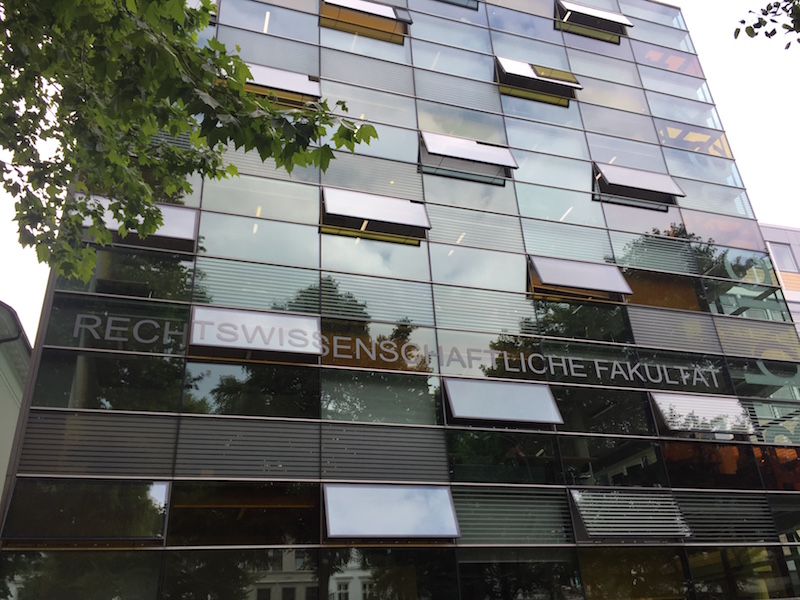Draconian dictionaries?
Rachel Paige King ("The Draconian Dictionary Is Back", The Atlantic 8/5/2018) suggests that lexicographers might be (re)turning to prescriptivism:
Since the 1960s, the reference book has cataloged how people actually use language, not how they should. That might be changing. […]
The standard way of describing these two approaches in lexicography is to call them “descriptivist” and “prescriptivist.” Descriptivist lexicographers, steeped in linguistic theory, eschew value judgements about so-called correct English and instead describe how people are using the language. Prescriptivists, by contrast, inform readers which usage is “right” and which is “wrong.”
King's historical sketch of lexicography's past century concludes that the descriptivists have won, but that
oddly enough, Merriam-Webster is doing a great deal to promote the idea that sounding educated and using standard—if not highbrow—English really does matter. […]
The company has a feisty blog and Twitter feed that it uses to criticize linguistic and grammatical choices. Donald Trump and his administration are regular catalysts for social-media clarifications by Merriam-Webster. The company seems bothered when Trump and his associates change the meanings of words for their own convenience, or when they debase the language more generally.
Maybe it’s not the dictionary that has become outmoded today, but descriptivism itself. I’m not implying that Merriam-Webster has or should abandon the philosophy that guides its lexicography, but it seems that the way the company has regained its relevance in the post-print era is by having a strong opinions about how people should use English.
Read the rest of this entry »

